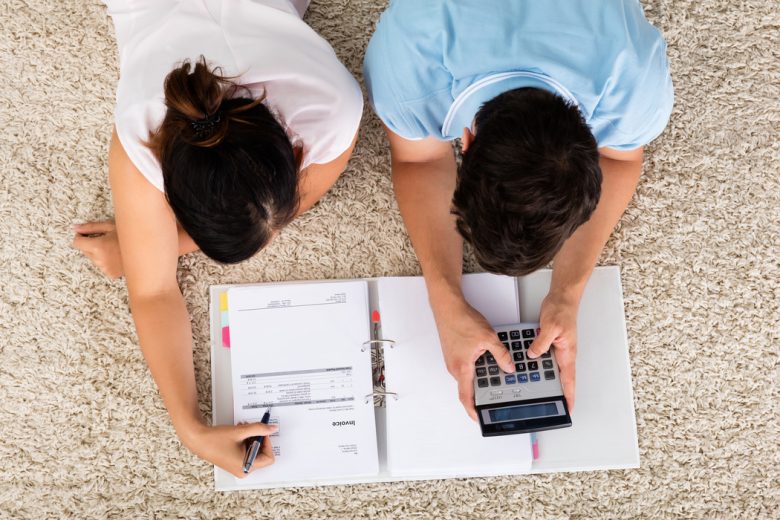One of the greatest challenges for many people today is finding the right balance between saving and paying off debt. If you’re deeply in debt, you need to pay it on time to avoid penalties and high interest rates. But savings are essential for emergencies, future investments, and everyday financial security. People often feel torn because they focus solely on paying off their debt or saving. They don’t realize they can strike a smart balance between the two. The key is to develop a plan you can stick to, gradually reducing your debt while simultaneously growing your savings, even if only slightly. With prices rising and inflation driving up costs, this mindset is more important than ever. Stop worrying about money and learn smart ways to both pay off debt and save, building a safety net. This approach will empower you to achieve bigger life goals.
Understanding the Balance Between Saving and Debt Repayment:
If you’re deeply in debt, you might feel like you need to spend all your extra money and pay it off as quickly as possible. But having no savings at all is dangerous, as unexpected events can happen at any time. If you don’t save for emergencies, you may have to use credit cards or loans, which can increase debt. The key is to split your income into two: one portion for debt repayment and one portion for savings. Even saving just 5% to 10% of your income and using the remaining funds to pay off your debt can bring you peace of mind. This not only reduces your debt but also builds a safety net against future debt.
Strategies for Saving While Tackling Debt:
Creating a thorough budget is the first step to saving money while paying off debt. Tracking all your expenses helps you see which amounts you can’t spend and which you can save or repay. Regularly transferring money to a savings account helps you stick to your plan, and by paying at least the minimum amount, you avoid penalties. Try methods like the “snowball” or “avalanche” debt repayment plan; both methods can help you get out of debt faster. At the same time, save money each month. To stretch your budget and achieve both goals, consider taking advantage of cashback rewards, canceling unused services, and cooking at home instead of eating out. These small savings will add up over time, making the whole process more effective.
How an Emergency Fund Helps You Stay Financially Stable:
Having an emergency fund is the first step toward financial stability. By setting aside at least $500 to $1,000, you won’t have to use high-interest credit cards to cover expenses like car repairs or hospital bills, even if you’re still paying off debt. Once you’ve built up your emergency fund, you can pay down your debt faster, knowing that small things like emergencies won’t hold you back. Think of your emergency fund as a safety net. It protects your financial well-being and gives you peace of mind.
How to Avoid Common Mistakes:
Many people make the mistake of waiting until they’re debt-free to save. This puts them at risk, especially if it takes years to pay off the debt. People often misunderstand lifestyle inflation: expenses increase after debt is paid off, instead of saving. Furthermore, don’t rely solely on the perks of a credit card, as the interest is often higher than the return. By sticking to a plan, tracking your progress, and celebrating small improvements, you can avoid these problems and stay motivated.
How to Develop Long-Term Saving Habits:
Getting out of debt and saving wisely aren’t short-term goals; these habits ultimately lead to financial freedom. Once you’re debt-free, the methods you use to save and budget can help you build wealth through investments, retirement funds, or a home. By consistently living within your means and making smart financial choices, you can transform a stressful situation into a solid financial foundation. Over time, this shift will help you get out of debt and empower you to make choices without worrying about money.
Conclusion:
When you learn how to save wisely and pay off debt, you don’t have to choose just one favorite goal. You simply need to find a combination that works for your life and financial situation. By creating a reasonable budget, building an emergency fund, and using proven methods to pay off debt, you can gradually reduce your debt load while saving. This approach can protect you from unexpected expenses and prevent you from sinking deeper into debt. It might seem slow at first, but over time, small, steady efforts will lead to enormous progress. Balancing two different goals can be challenging at first, but it can become a financial plan that gives you peace of mind and hope for the future. With patience, discipline, and smart decisions, you can get out of debt and simultaneously increase your savings. This step lays the foundation for long-term financial independence.
FAQs:
1. Should I stop saving until all my debt is paid off?
You shouldn’t stop saving completely, right? Even a small emergency fund is important so you don’t end up with more debt when you need to cover unexpected expenses.
2. Which debt repayment method is better: snowball or avalanche?
The avalanche method focuses on paying off high-interest debts to save money over time, while the snowball method focuses on paying off smaller debts first to encourage this.
3. How much should I save while paying off my debt?
Aim to save 5% to 10% of your cash flow and pay off your debt first.
4. Can I trade while paying off my debt?
While it’s generally best to pay off high-interest debt first, saving for retirement through a matching program at work is also a smart move.
5. What’s the first thing you should do to get your accounts and savings in order?
The first step is to create a budget you can stick to, including money for debt repayment and starting an emergency fund.




